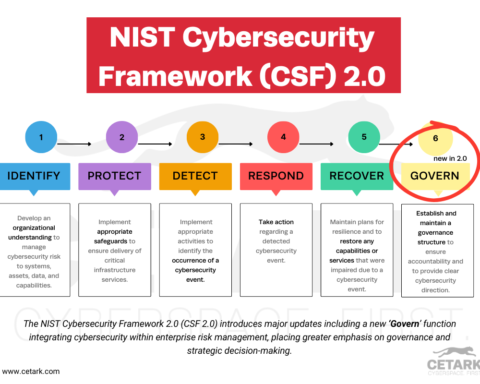As the threat landscape evolves, so too must our approach to cybersecurity. One way to stay ahead of the curve is to adopt a threat-informed defense approach, which involves continuous testing and validation of your security posture. This is where purple teaming comes in.
So, what exactly is purple teaming? Purple teaming is a collaborative effort between white and black hats. The white hats work to identify potential vulnerabilities in systems and networks, while the black hats work to exploit those vulnerabilities. By working together, the two teams can find and fix weaknesses before outside forces can exploit them.
While purple teaming can be a valuable asset in any cybersecurity strategy, it’s essential for small businesses. Cybercriminals often see small businesses as easy targets due to their lack of resources and workforce. By purple teaming, small businesses can level the playing field and better protect themselves against attacks.
The Benefits of Purple Teaming
Several benefits come with utilizing a purple teaming approach in your cybersecurity strategy. These benefits include:
-Improved Security:
By identifying and fixing potential vulnerabilities before they can be exploited, purple teaming can help improve the overall security of your systems and networks. This improved security can give you peace of mind knowing that your business is better protected against attacks.
-Increased Efficiency:
Purple teaming can help make your cybersecurity strategy more efficient by eliminating unnecessary steps and duplication of effort. By working together, the white and black hats can find weaknesses quicker and fix them before they cause any damage.
-Real-World Experience:
Working with a black hat gives you access to real-world experience that you would not otherwise have. This experience can be invaluable in helping you understand how cyber criminals think and operate. This understanding can help you develop more effective defenses against attacks.
-Purple teaming encourages collaboration between red and blue teams to find solutions.
Sometimes the traditional blue/red structures rematch red teams with blue teams – sometimes by mistake resulting in confusion and sometimes resentment from the “other side.” Purple teaming focuses on everyday tasks, including completing assessments for security gaps or compliance. It requires focusing on a constant improvement approach rather than splintering into minor concerns. Effectively countering the enemy requires a team committed to continuous learning.
-Purple teaming is an effective way to manage cloud security controls.
The cloud is an excellent resource for small businesses but can introduce new security risks. By purple teaming, you can better understand your cloud security controls and how to utilize them best. This understanding can help you keep your business safe while still taking advantage of the benefits of the cloud.
How to Implement a Purple Teaming Approach
If you’re interested in purple teaming, there are a few things you need to do to get started. First, you need to identify the vulnerabilities in your systems and networks. This can be done through penetration testing or by conducting a security audit. Once the vulnerabilities have been identified, the white hats and black hats can work together to find and fix them.
It’s important to note that purple teaming should not be used as a replacement for traditional cybersecurity measures. Instead, it should be used in addition to them. This way, you can get the best of both worlds and improve the overall security of your business.
Here are a few tips for implementing a purple teaming approach:
-Form a team of white hats and black hats:
The first step is forming a team of white and black hats. This team should be composed of people with different skill sets so that each member can bring something unique to the table.
-Identify vulnerabilities:
The next step is to identify the vulnerabilities in your systems and networks. This can be done through penetration testing or by conducting a security audit. Once the vulnerabilities have been identified, the white hats and black hats can work together to find and fix them.
-Develop a plan of action:
Once the vulnerabilities have been identified, the team needs to develop an action plan. This plan should detail how the vulnerabilities will be fixed and what measures will be put in place to prevent them from being exploited.
-Execute the plan:
After the plan has been developed, it’s time to execute it. The team should work together to find and fix the vulnerabilities. Once the vulnerabilities have been selected, the team can implement measures to prevent them from being exploited in the future.
-Monitor and adjust:
Once the plan has been executed, monitoring and adjusting as needed are essential. This way, you can ensure that your systems and networks are as secure as possible.
Conclusion:
If your organization hasn’t already implemented a purple team, now is the time. With more cyber attacks daily, businesses must do everything possible to protect themselves. A purple team will test your current security measures and help you find any weaknesses, so you can address them before an attacker does. Implementing a purple team is an integral part of any comprehensive cybersecurity strategy.







